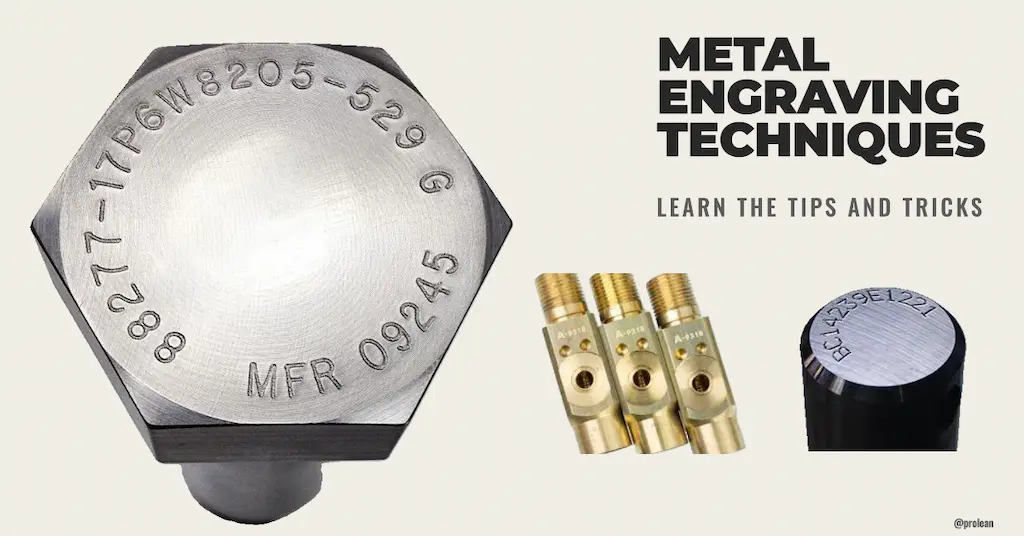
When it comes to learning humans about Metal engraving for the very first time, It was for artistic, personal, or identifiable purposes that we started to mark it.
The best choice for rotating or laser-engraved metal depends on the types of metal engraving you want to engrave, given the fact that metal is complicated. It is conductive, reactive, and composed of chemicals and alloys.
- Stainless steel Aluminum
- Aluminum anodised
- metals that have hardened
- Alloy steel
- Titanium and its alloys
- Carbon-based
- Copper and Brass
- precious metals
- Metal coatings
Like a drill, an engraving cutter is used in rotational engraving to remove metal. This method is widely utilized across various sectors, from engraving control panels to etching jewelry, and can be used for both engraving and cutting certain metals. Let’s explore the different types of methods and techniques for metal engraving.
Metal Laser Engraving
Many different substances can be etched using a laser. When the heat from the laser’s ray just melts the outermost layer of material and not all the way through, laser engraving logo by laser takes place.
Simply the outer layer of the material is melted by the laser’s high power, which takes a lot of heat. In carved regions, oxides can occasionally develop, increasing the clarity and visibility of the markings. By altering its reflectance, the metal laser engraving raises the contrast. Not much stuff is removed.
It may be applied to metal surfaces that are plated, anodised, or bare. Gentle etching of oxides and metals. Eliminates less than 001″ of the substance. Swift marking. Functions with all metals.
Try Prolean Now!
Deep Metal Engraving with Laser
If the substrate is rougher and the engraved elements need to be reworked or painted further, the laser engraving metal has to be put deeper into the custom engraving material.
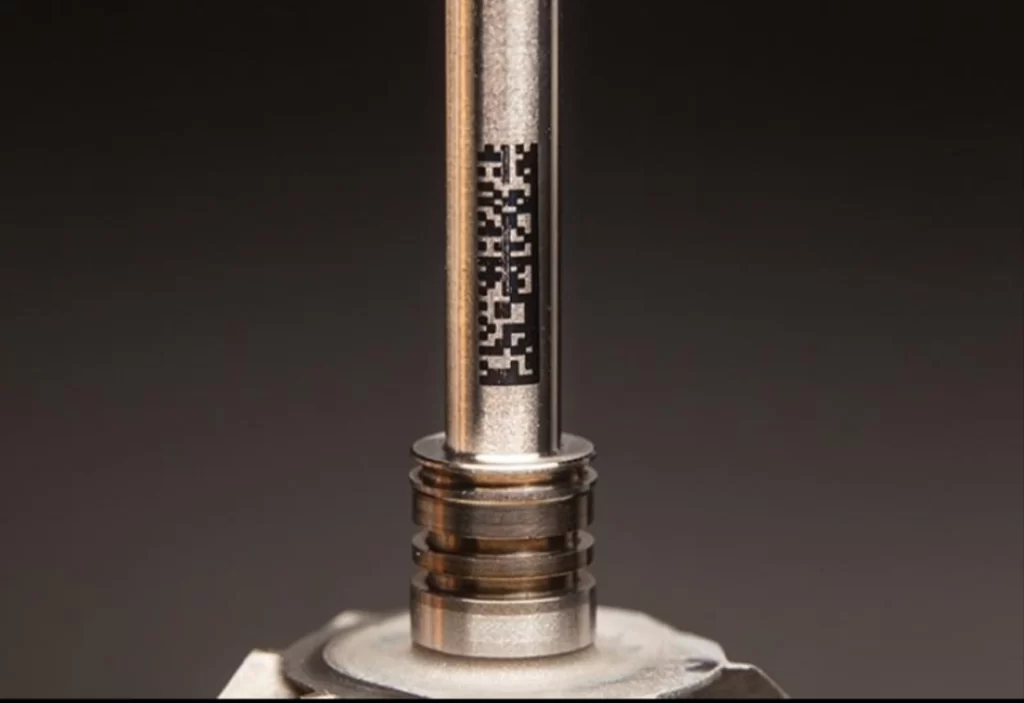
Sheet metal engraving with laser
During the Custom metal engraving procedure, the laser generates high temperatures, which turns the material into vapor. As a result, there is a visible, tactile hollow in the surface. Whenever further process pressure occurs in the case of metal laser engraving (such as sandblasted for die-castings), it is advised.
The material quickly evaporates and melts. The number of repeats determines how to adjust the depth. Only functions with styles and created forms.
Metal Annealing and Black Marking
- Annealing
Through annealing, the substance is heated specifically to a temperature slightly lower than melting. This causes layers of oxide to form on the workpiece’s appearance, which are linked to metal annealing hues. Additionally, it’s the approach of choice whether material swelling must be avoided or a precise fit is necessary.
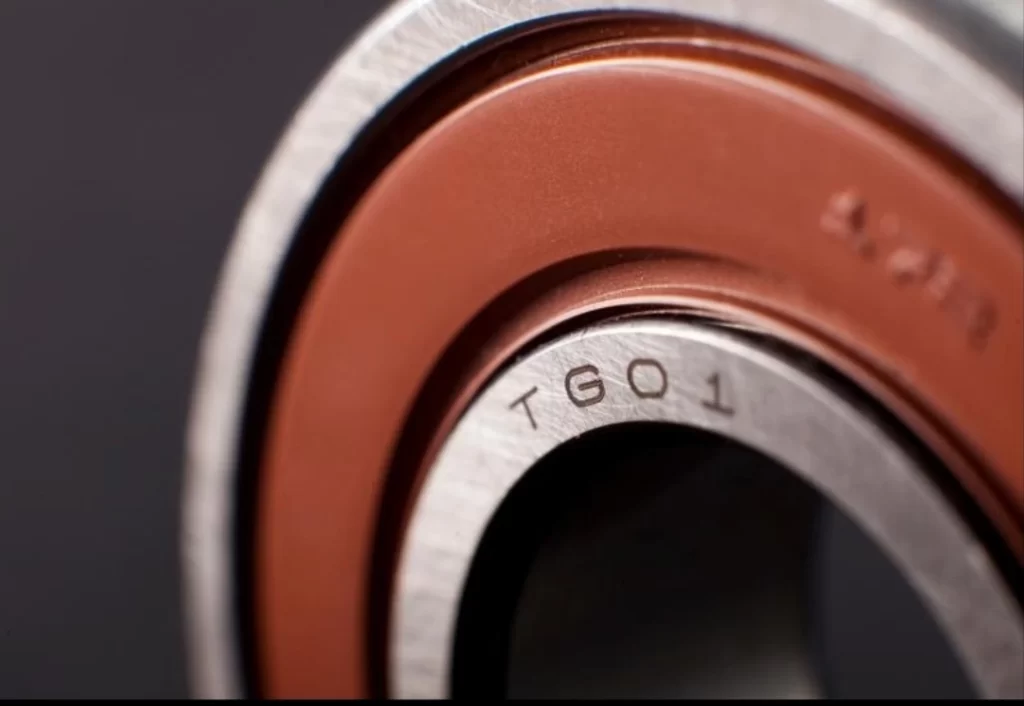
Annealing of metal
Aluminum and nonmetallic metals cannot be annealed; only metals that alter color when exposed to heat and oxygen, such as titanium and steel, may. The oxide layer can have different annealing colors, but it is typically black. The heated layer’s heat determines the color. Since nothing is taken from the substance’s layer while annealing, it stays intact. The only method used to modify the color of the substance is localized heating. Typically, the heat enters from 02 to 03 mm into the metal’s exterior.
- Black marking
Black marking is a type of metal engraving that results in extremely black, brightly colored marks. The outcome of this constructed surface’s reduction in light reflection is a deep, matte darkening of the pattern that looks uniform from all angles. The marking is hence non-abrasive. For metal, titanium, which is copper, and metal like stainless steel that has not rusted, black marks work best.
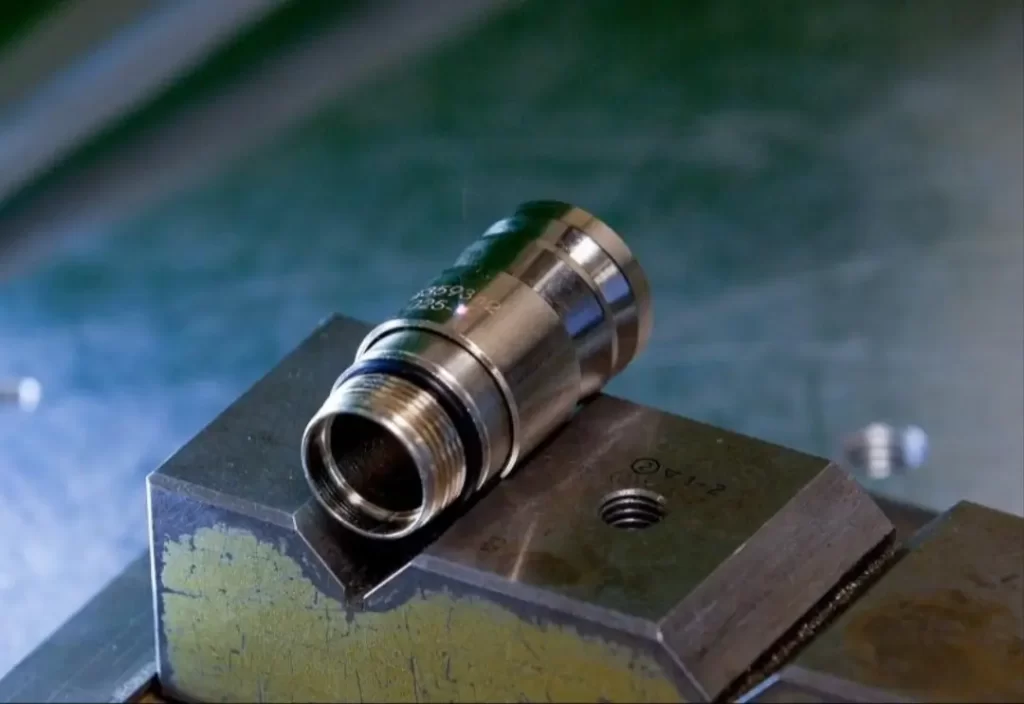
Black marking
Metal Engraving with a Rotary Machine
Visually pleasing engraving for personalized metal items
Using metal engraving equipment, we may create a thin, aesthetically pleasing mark on a substance by dragging a diamond tool across its surface. This is crucial, especially for jewelry, because there cannot be the development of chips and very little material decreases in weight.
This marking procedure works with softer metallic materials as well as highly hard alloys like steel, stainless steel, or iron. It works great for personalization and signage (tags). To achieve a striking contrast or color, lacquer or beeswax may be poured into the depression that has been made in the portion.
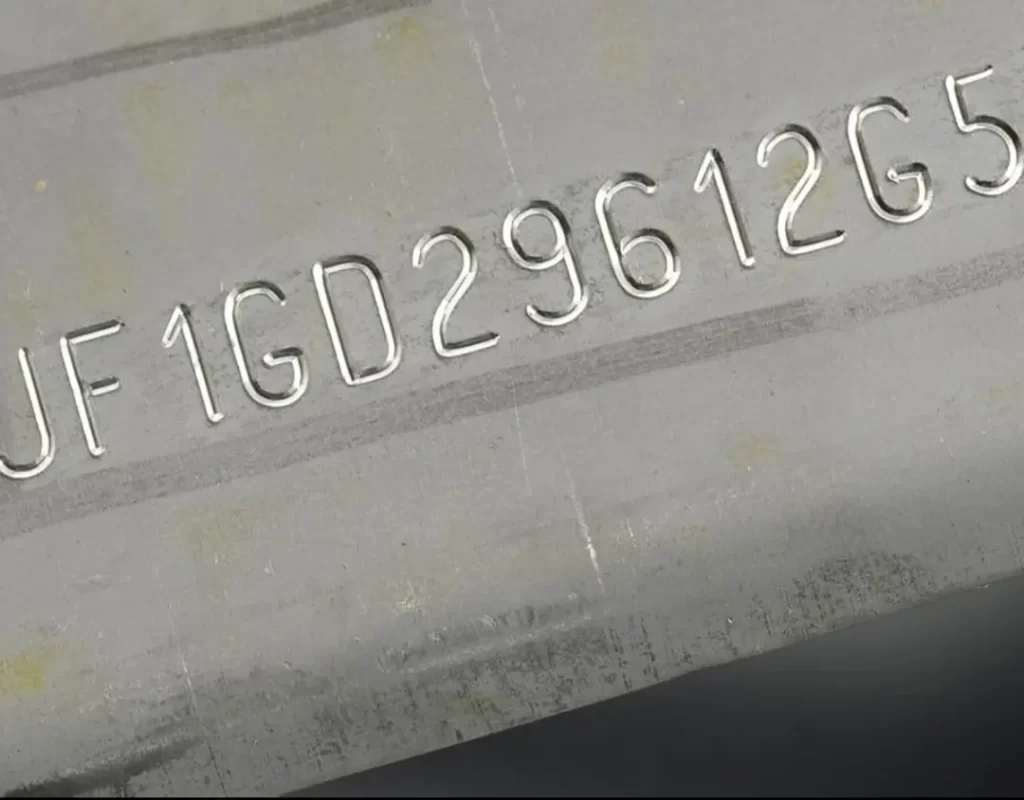
Metal engraving with a rotary machine
Metal milling and industrial engraving
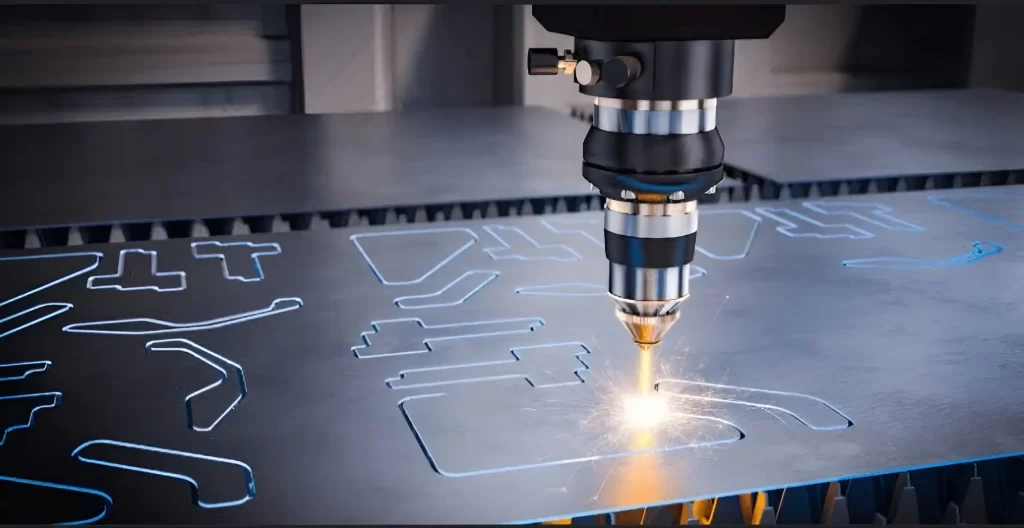
laser engraving
The substance gets removed from CNC metal engraving machines using a variety of sized and shaped cutting tools, or ” rotary engraving cutters.” In the process of rotary engraving CNC is applied to grind out shapes in three dimensions, such as those for heat stamping, mold inserts, and soft metal fabrication overall, or to cut out metal parts, such as control displays with rotary engraving. With the use of this technique, phrases, digits, or logos may also be deeply carved into a part for personalization or identification (direct part marking).
Our tiny engravers can handle the engraving procedure on moderate metals like brass or aluminum, producing superb non-contrasted outcomes when used for cutting and machining.
Dot-peen marking on metal for a fast and efficient process
In this type of metal engraving applications that require a high degree of regularity and accuracy are better suited for electrostatic marking devices. It works very well for identifying DataMatrix codes. To satisfy traceable and identity demands, a high-precision marking method is the electromagnetic dot peen marking machine.
Deep marking with scribing technology
Scribing machines are utilized across all industries that have environmental constraints and are silent while producing stunning and incredible outcomes. Examples of their uses include marking big metal parts (beams, rails, chassis, and exhaust pipes), as well as V.I.N. numbers (Vehicle Identification Numbers) on cars, motorcycles, and powerful motorized vehicles.
The optimal marking speed to depth proportion may be found in this solution. It offers excellent marks. Designed with heavy industrial uses in mind, our systems are low maintenance and long-lasting.
Hand-Carved Metal: A Timeless Technique
Hand-carving is a traditional way of metal engraving using small chisels called gravers. Craftsmen use their skills and experience to create different effects with these tools. Sizes to achieve various effects.

Hand-carved metal engraving
Craftsmen cut or engrave metal surfaces to form designs. This method is effective for simple marking and minimal processing. However, this requires skill and time.
Hand engraving procedure
- First, copy the graphic on a piece of paper.
- Use the tip of a carving knife to carve the shape of the pattern into the metal object.
- A chisel is used to complete the outline of the text to achieve the most desirable style.
- One of the main benefits of handcrafted metal is that it brings a unique, handcrafted quality to everything. However, be aware that handwriting can be time-consuming and require a lot of effort. Doing a good hand spin requires a lot of practice.
Try Prolean Now!
Metal Etching: Accurate Horizontal Metal Etching
Etching is a chemical procedure that may be utilized on surfaces of ceramics as well as other metal surfaces to produce accurate, permanent markings. It entails cleaning particular surfaces of acids or other chemicals to produce a pattern or texture. This technique may give precision and detail, which makes it very helpful for mold marking. Precision Metal Etched: Horizontal Metal Etching
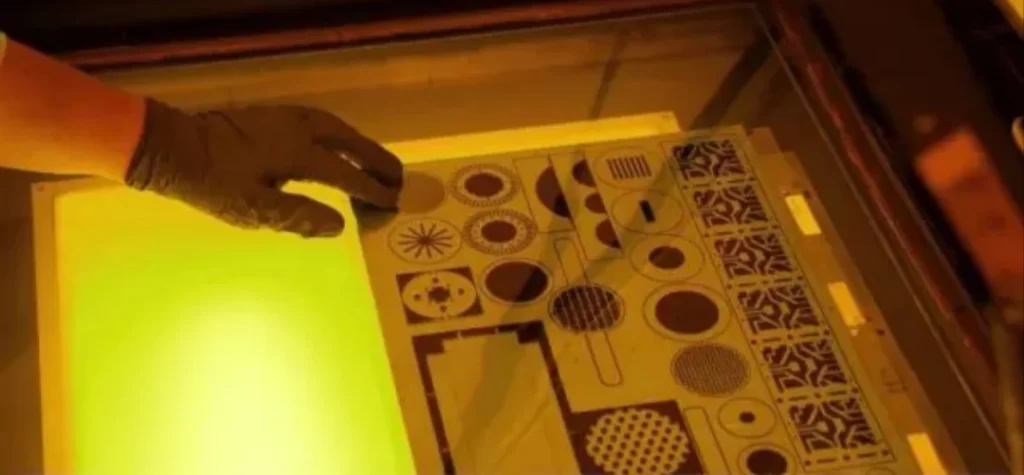
Metal etching
Etching is a chemical-based procedure that is useful for leaving exact, long-lasting impressions on ceramics and other surfaces of metal. It is the process of removing chemicals or acids from particular surfaces to leave behind an appearance or pattern. Because it can give precision and specifics, this technology is very helpful for mold marking.
Overview of the Etching Process:
- Getting the design ready: Make sure the metal surface is spotless. The sections you wish to keep safe from etching solutions should be painted with a resistant paint (etching resistance, paint, or wax).
- Making use of etching solution Put the etching solution on the visible metal surfaces. The solution’s strength and the required etching depth determine how long the process takes to complete. Focus on the result you hope to achieve.
- Cleaning and neutralization: After etching, use a baking soda solution or another neutralizer to counteract the acid. To verify the engraving and get rid of any residue, clean the metal surface.
- Safety Observations: Wear safety glasses and gloves when working in an area with good ventilation. Observe safety precautions when handling and disposing of chemicals.
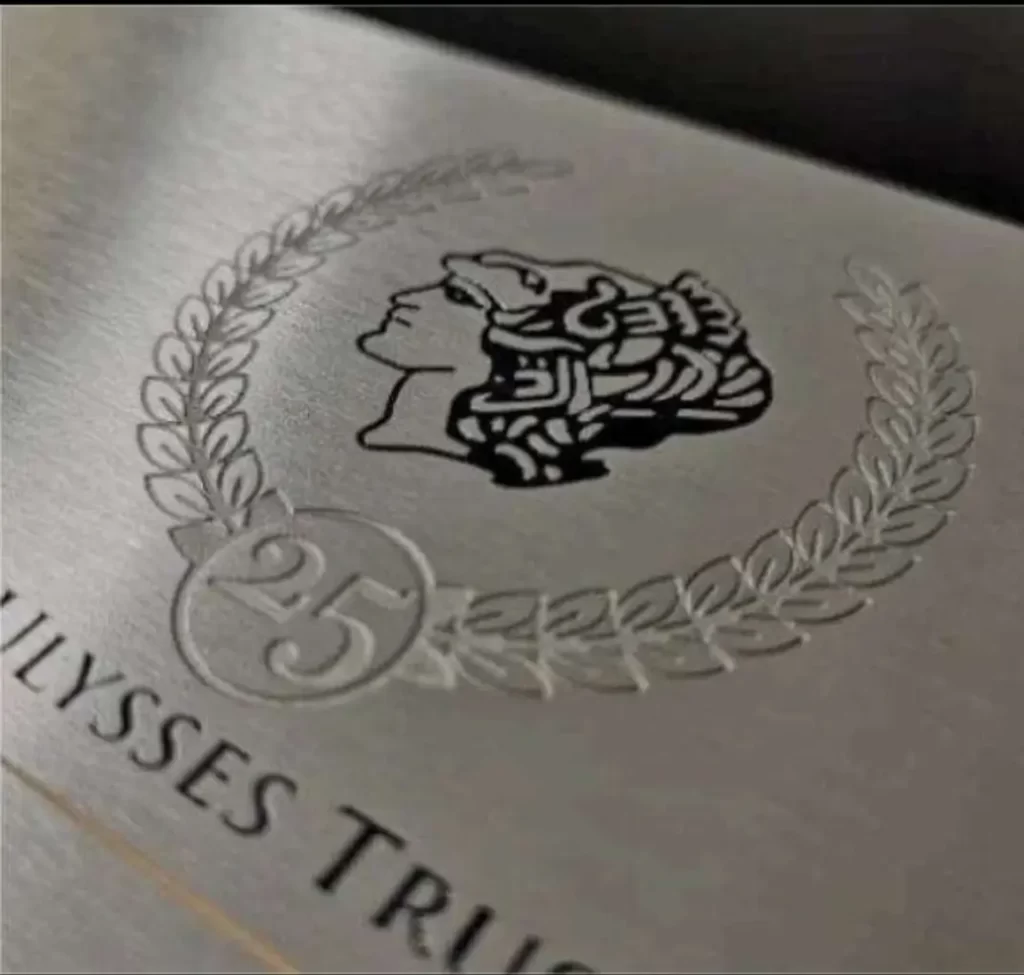
Metal engraving
Etching is the best method for leaving precise and intricate impressions on metal molds. It is especially helpful for numbers, symbols, or technical data and enables elaborate formatting. It’s crucial to remember that etching is a chemical process that needs to be handled and removed carefully.
Dot Peen Metal Engraving: The Art of Precision Marking
Dot-matrix marking, another name for dot peen engravings, is a popular technique for leaving precise markings on metal surfaces. With this method, letters, numerals, or other designs are created on a metal surface by drawing lines with a stylus. Either an electrical or pneumatic motor powers the stylus. It is extensively employed in processes including packing, traced, and metal part authentication.
Techniques and tips:
- Setting up the device: Select the correct stylus for the object and select the required mark depth. Securely place the marker head on the marked area.
- Icon design: Use the software on the device to create a design, changing things like font size, spacing, and depth. Test the design on scrap metal to ensure compliance.
- Metal marker: Once you are happy with the design, place the metalwork securely under the head of the marker. The marking starts, and the stylus rapidly presses the small dots into the desired pattern.
- After marking: After marking, check the texture and make adjustments as needed for future markings.
Dot matrix engraving has a reputation for being quick, steady, and adaptable. It is appropriate for a wide variety of metals and forms, such as bent, uneven, and flat. The resulting signal is perfect for manufacturing processes since it is not easily distorted. However, more delicate or intricate patterns might not be a good fit for this approach
Try Prolean Now!
The Future of Metal Engraving: Precision and Innovation
At Prolean, we’re advanced in metal engraving technology, combining precision and innovation in our processes to allow for standards in our work. With professional equipment and a team of experts, we ensure every project given is exact and full of detail in its presentation. Whether laser engraving, etching, or CNC machining, Prolean has the latest solutions most appropriate for your needs. Quality, speed, and competitive pricing combined create your perfect partner in metal engraving projects. Let’s make your vision a reality with great workmanship and reliability.
From hand-carved techniques to high-tech, metal engraving has evolved dramatically over time. The technique presently applied in most of the processes for marking metals is laser engraving, which is considered one of the most precise and efficient methods.
Whether it is engraving for differentiation in metalware, intricate designs, or identifying industrial parts, no other laser engraving process combines this precision and rapidity with any others. Because it focuses on the surface without piercing too deeply, it ensures the material integrity, which comes through with a clear, durable mark. It’s capacity to work well with a wide array of metals-from stainless steel and titanium to anodized aluminum-gives it versatility and high reliability.
Laser engraving is typically applied by companies wishing to improve the process of manufacture or people who want their special items to have that professional finishing touch. The advantages extend beyond aesthetics; one can achieve a permanent finish with better-than-average durability, perfect for both aesthetic and use applications.
Find laser engraving services and discover how advanced technology can take your metal engraving work to the next level. Professional laser engraving offers precision, speed, and consistency that’s challenging with traditional techniques.
Conclusion
Metal engraving has advanced to the most modern techniques like laser engraving, rotary engraving, and dot-peen marking from the very old hand-carving technique. Different methods offer benefits such as different types of metals, intricacy of designs, or probably any other reason for engraving. It can be applied for personal items to industrial use purposes, and these techniques provide firm and precise results. With advancing technology, it is quite possible that metal engraving becomes even more versatile while at the same time maintaining high-quality markings for both cosmetic and functionality purposes.




0 Comments